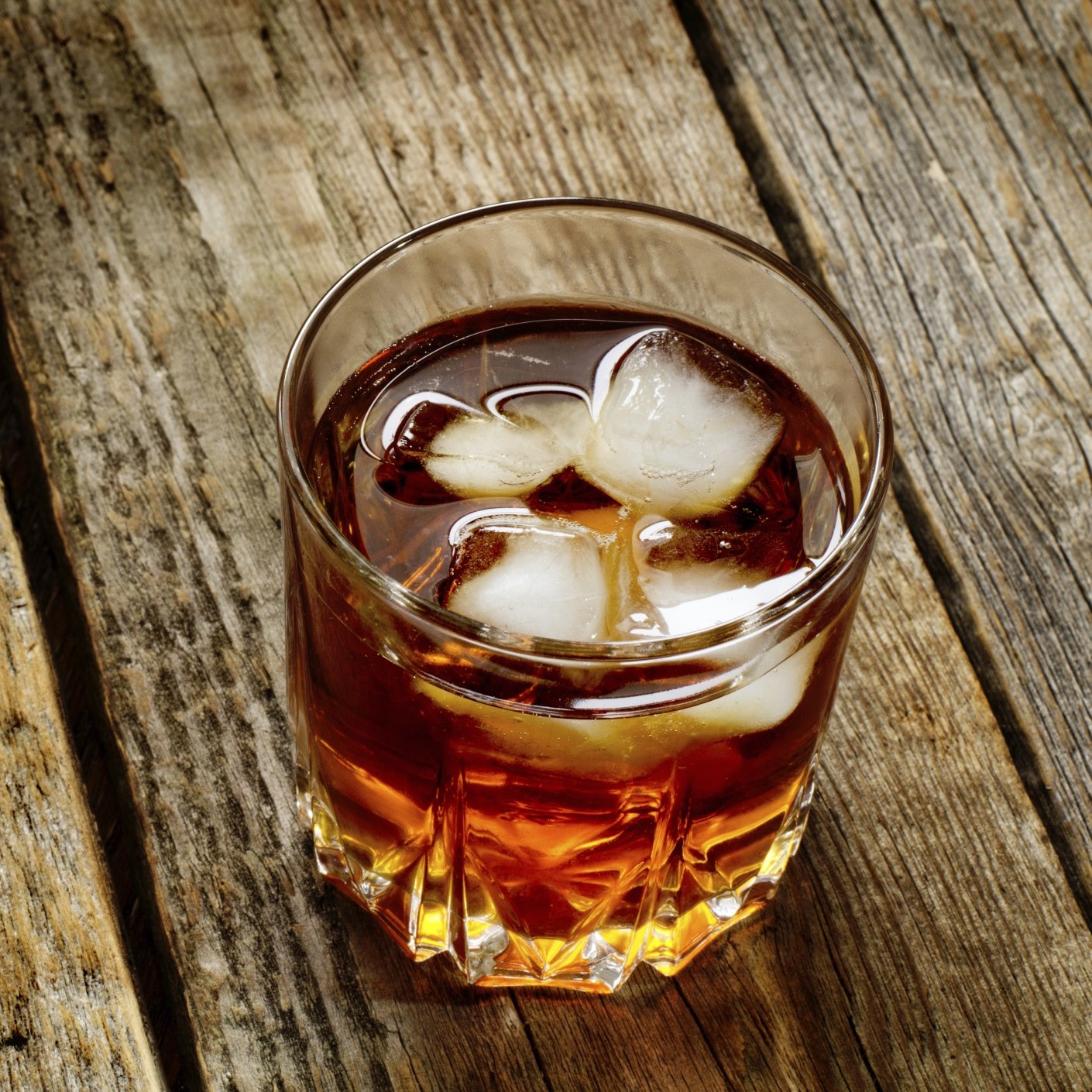Health and Healthcare
Alcoholism Rises in US; Study Says 1 in 8 Adults Considered to Be an Alcoholic

Published:
Last Updated:

The rate alcohol use disorder, also known as alcoholism, rose by 49% in the first decade of the 2000s, according to a new study published in JAMA Psychiatry this month. One in eight American adults, or 12.7% of the population, meets diagnostic criteria for alcohol use disorder, according to the study.
The rate increased for the total U.S. population and, with few exceptions, across sociodemographic subgroups over a 12-month period.
Authors of the study say “substantial’’ increases in alcohol use, high-risk drinking, and alcohol use disorder constitute a public health crisis and are harbingers of surges in chronic disease conditions in the United States. This is especially true among women, older adults, racial/ethnic minorities, and the socioeconomically disadvantaged.
Among the ailments the researchers cite are: fetal alcohol spectrum disorders, hypertension, cardiovascular diseases, stroke, liver cirrhosis, several types of cancer and infections, pancreatitis, type 2 diabetes, and various injuries.
The Centers for Disease Control and Prevention said excessive alcohol use led to about 88,000 deaths and 2.5 million years of potential life lost each year in the United States from 2006 to 2010. By comparison, a recent New York Times story said drug overdose deaths in 2016 most likely exceeded 59,000, characterizing the situation as an epidemic.
Excessive drinking was responsible for one in 10 deaths among working-age adults aged 20 to 64 years. The economic costs of excessive alcohol consumption in 2010 were estimated at $249 billion, according to the JAMA Psychiatry study.
Increases in alcohol abuse were greatest among women, older adults, racial/ethnic minorities, and individuals with lower educational level and family income.
The study data were derived from face-to-face interviews conducted in two nationally representative surveys of U.S. adults: the National Epidemiologic Survey on Alcohol and Related Conditions, with data collected from April 2001 to June 2002, and the National Epidemiologic Survey on Alcohol and Related Conditions III, with data collected from April 2012 to June 2013.
High-risk drinking was defined as imbibing four or more standard drinks (a drink equals 14 grams of pure alcohol) on any day for women and as drinking five or more standard drinks on any day for men. In this study, high-risk drinking was defined as exceeding the daily drinking limits at least weekly during the prior 12 months.
http://jamanetwork.com/journals/jamapsychiatry/fullarticle/2647079
Finding a qualified financial advisor doesn’t have to be hard. SmartAsset’s free tool matches you with up to 3 fiduciary financial advisors in your area in 5 minutes. Each advisor has been vetted by SmartAsset and is held to a fiduciary standard to act in your best interests. If you’re ready to be matched with local advisors that can help you achieve your financial goals, get started now.
Thank you for reading! Have some feedback for us?
Contact the 24/7 Wall St. editorial team.